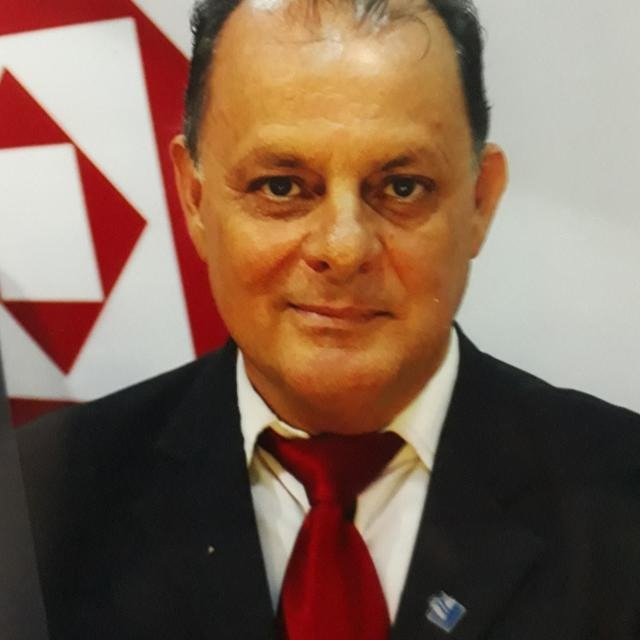The agency additionally finalized an understanding with NIST to check the algorithm and its own environment that is operational for and prospective biases.
Customs and Border Protection is preparing to upgrade the underlying algorithm operating in its facial recognition technology and will also be utilising the latest from an organization awarded the greatest markings for precision in studies by the nationwide Institute of guidelines and tech.
CBP and NIST additionally joined an understanding to conduct complete testing that is operational of edge agency’s system, that may add a form of the algorithm which has had yet become examined through the requirements agency’s program.
CBP was making use of facial recognition technology to validate the identity of people at airports plus some land crossings for many years now, although the precision regarding the underlying algorithm will not be made general public.
The agency is currently using an older version of an algorithm developed by Japan-based NEC Corporation but has plans to upgrade in March at a hearing Thursday of the House Committee on Homeland Security, John Wagner, CBP deputy executive assistant commissioner for the Office of Field Operations, told Congress.
“We are utilizing a youthful version of NEC now,” Wagner stated. “We’re evaluation NEC-3 right now—which may be the variation which was tested by NIST—and our plan is to utilize it next month, in March, to update compared to that one.”
CBP utilizes various variations of this NEC algorithm at different edge crossings. The recognition algorithm, which fits a photograph against a gallery of images—also called one-to-many matching—is utilized at airports and seaports. This algorithm ended up being submitted to NIST and garnered the greatest precision score among the list of http://www.russian-brides.uss/ 189 algorithms tested.
NEC’s verification algorithm—or one-to-one matching—is utilized at land edge crossings and has now yet to be tested on NIST. The real difference is essential, as NIST found greater rates of matching someone to the image—or that is wrong one-to-one verification in comparison to one-to-many recognition algorithms.
One-to-one matching “false-positive differentials are much bigger than those linked to false-negative and exist across most of the algorithms tested. False positives might pose a protection concern into the operational system owner, because they may enable use of imposters,” said Charles Romine, manager of NIST’s i . t Laboratory. “Other findings are that false-positives are higher in women compared to males, and are usually greater into the elderly and also the young in comparison to middle-aged grownups.”
NIST additionally discovered greater prices of false positives across non-Caucasian teams, including Asians, African-Americans, Native Americans, United states Indians, Alaskan Indian and Pacific Islanders, Romine stated.
“In the highest doing algorithms, we don’t observe that to a level that is statistical of for one-to-many recognition algorithms,” he said. “For the verification algorithms—one-to-one algorithms—we do see proof of demographic results for African-Americans, for Asians yet others.”
Wagner told Congress that CBP’s interior tests demonstrate error that is low into the 2% to 3per cent range but why these are not defined as associated with battle, ethnicity or sex.
“CBP’s functional information demonstrates there is without any quantifiable performance that is differential matching according to demographic facets,” a CBP representative told Nextgov. “In occasions when a individual cannot be matched because of the facial contrast solution, the in-patient merely presents their travel document for manual inspection by an flight agent or CBP officer, in the same way they might have inked before.”
NIST is supposed to be evaluating the mistake prices pertaining to CBP’s system under an understanding involving the two agencies, relating to Wagner, whom testified that the memorandum of understanding was indeed finalized to begin testing CBP’s program as an entire, which include NEC’s algorithm.
Relating to Wagner, the NIST partnership should include taking a look at a few facets beyond the mathematics, including “operational factors.”
“Some associated with the functional factors that effect mistake prices, such as for instance gallery size, picture age, photo quality, quantity of pictures for every single subject when you look at the gallery, camera quality, lighting, human behavior factors—all effect the precision associated with the algorithm,” he said.
CBP has attempted to restrict these factors whenever possible, Wagner said, specially the things the agency can get a grip on, such as for instance lighting and digital digital camera quality.
“NIST didn’t test the particular CBP functional construct to assess the additional effect these factors could have,” he stated. “Which is just why we’ve recently joined into an MOU with NIST to judge our particular data.”
Through the MOU, NIST intends to test CBP’s algorithms on a basis that is continuing forward, Romine stated.
“We’ve finalized a recently available MOU with CBP to undertake continued evaluating to make certain that we’re doing the most truly effective that we are able to to offer the information and knowledge that they have to make sound decisions,” he testified.
The partnership will benefit NIST by also offering use of more real-world information, Romine stated.
“There’s strong interest in testing with information that is much more representative,” he stated.
Romine stated systems developed in parts of asia had “no such differential in false-positives in one-to-one matching between Asian and Caucasian faces,” suggesting that information sets containing more Asian faces resulted in algorithms that may better identify and distinguish among that cultural team.
“CBP believes that the December 2019 NIST report supports that which we have observed inside our biometric matching operations—that whenever a high-quality face comparison algorithm is employed with a high-performing digital camera, proper illumination, and image quality controls, face matching technology could be extremely accurate,” the representative stated.


Comentários